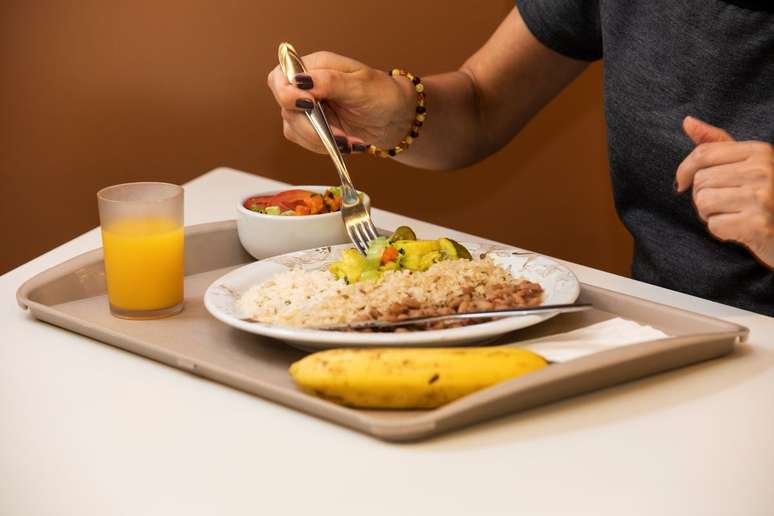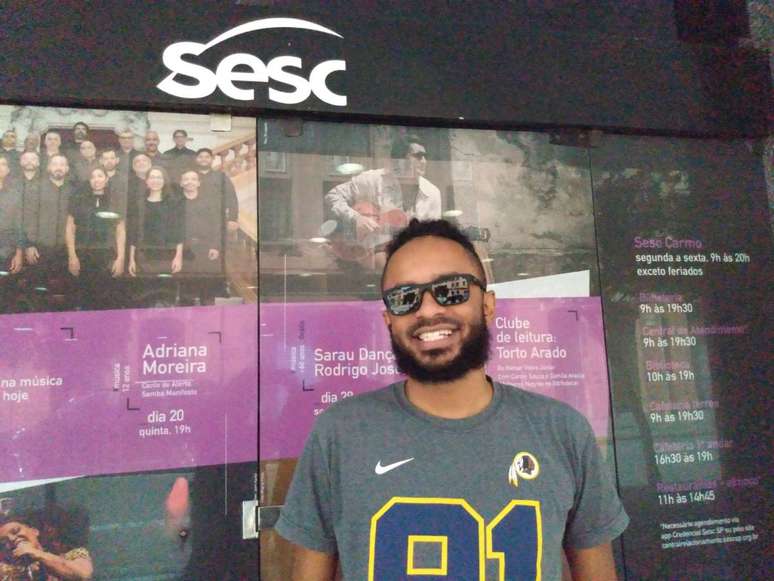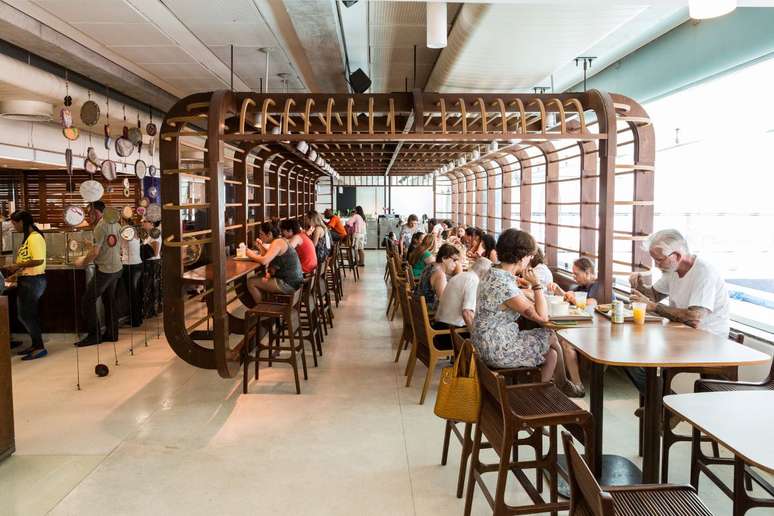With the pandemic, self-service ended and programming via apps began, which organizes the service, but requires agility
Before the pandemic caused by the coronavirus, lunch in São Paulo’s Sesc restaurants offered three types of meat, different salads, different desserts and fruits. With the Covid-19 the choice possibilities have been reduced to two prepared dishes, one vegetarian, one with fruit and a dessert. And, according to Sesc, the pattern will continue.
According to the press office, the new situation “is positive and in line with Sesc’s mission to offer services with humanised care, as well as adequate and healthy nutrition. The scheduling system has contributed to the reduction of queues in the cinemas, offering a more efficient service and in compliance with the production capacity and physical structures of the spaces”.
Change in the dining rooms
The São Paulo Sesc restaurants, called “comedorias”, operate in 12 units between the capital, the interior and the coast, in addition to Bertioga, which serves the guests of the tourist unit. All of these restaurants began offering prepared, or portioned, dishes in September 2020.
Across the country, there are multiple service formats in 140 restaurants, serving 20 million meals and snacks annually. The programming system via app, for those with the credential, and the portioned dish, have only been adopted in the San Paolo units.

The justification for implementing this system was to maintain social distancing, avoid gatherings and reduce the risk of food contamination: an acrylic plate separates those who go to lunch from the employees who serve the plate.
A return to self-service is unlikely because Sesc evaluates the change positively, as “a gain”.
Customers seem to have gotten used to it
Adriano José da Silva, accountant, has been dining in the Sesc Pinheiros dining room since the days of the barbecue. He has seen roast beef picked up on the spot, has consumed self-service for years, has stopped going to the dining room in the pandemic and now eats a ready-made dish.
Your impression is that there are fewer food options. Despite this, “I have nothing to complain about, it was better organised, but there are a lot of people who didn’t like it. When it was self service it was more practical, the person served himself, put as much as he wanted, now there’s a bit of that inconvenience, tell the attendant how you want the dish. Everyone has his way: I always ask to put the beans on top of the rice ”.
Sesc Carmo has shortened the queues
Regarding the option for the dish made to replace self-service, an employee of Sesc Carmo, in the center of São Paulo, says that “every change generates complaints”, but the public has gotten used to it. According to her, the decrease in the number of meals served is compensated by organization, such as the elimination of long and slow queues.
That’s the opinion of Jair Vance, a traffic officer at the Traffic Engineering Company (CET). Depending on where you are, lunch at Carmo or Belenzinho unit. “Since I eat little, the change made no difference.”
For Jaldier Ferraz, food waste has decreased. In the self-service there were those who didn’t eat everything she put on her plate. Others spent a lot of time at the restaurant, increasing the waiting time in line.

The application requires speed to schedule lunch
Despite the positive points reported by the interviewees, everyone knows that, to book lunch via the app, you have to be careful: seats are sold out in a few minutes. Therefore, they have set their cell phones to wake up at 2.30pm, when the appointment starts. Many people try it at the same time. Those with cell phones with faster processing speeds and fast internet are taking advantage.
Source: Terra
Rose James is a Gossipify movie and series reviewer known for her in-depth analysis and unique perspective on the latest releases. With a background in film studies, she provides engaging and informative reviews, and keeps readers up to date with industry trends and emerging talents.








